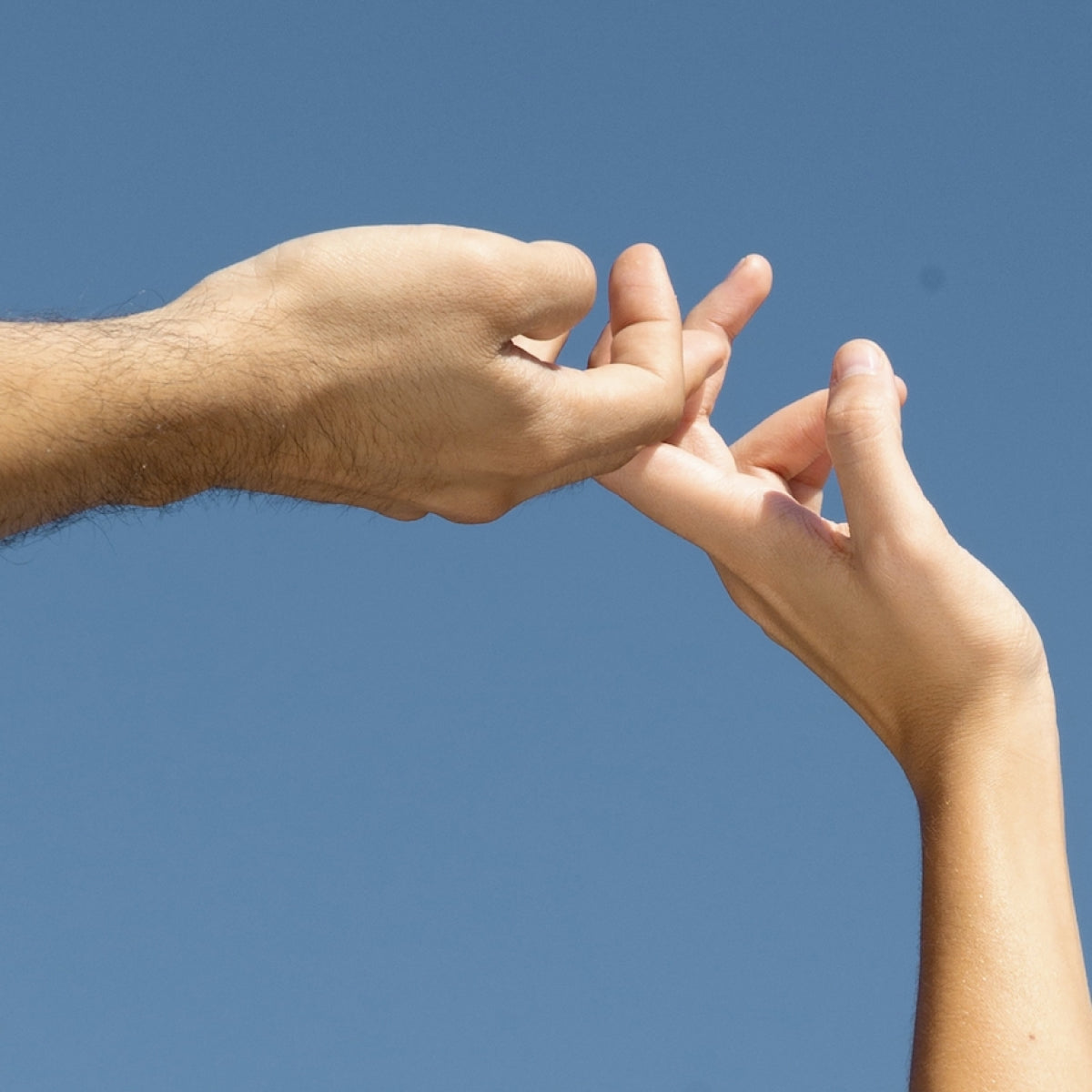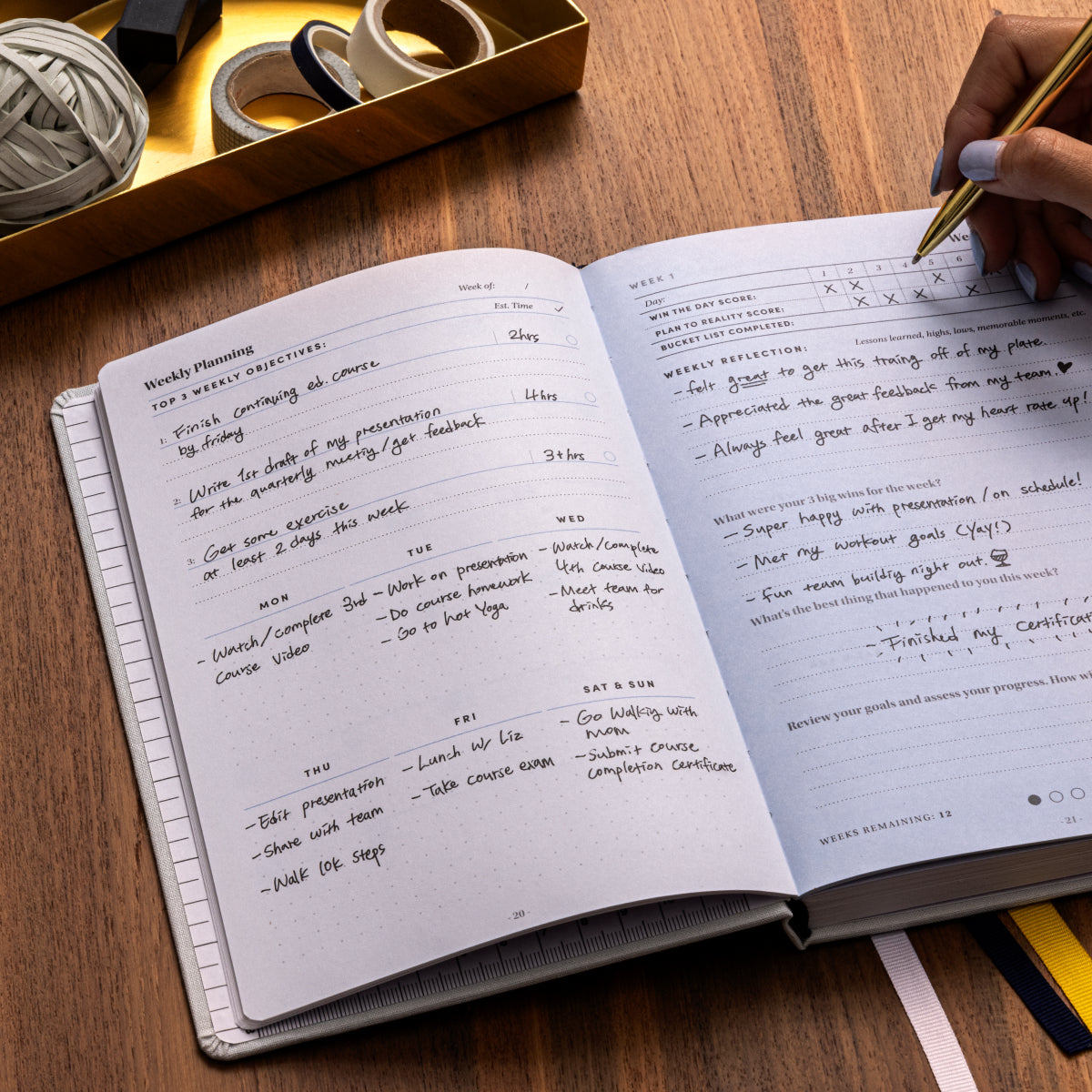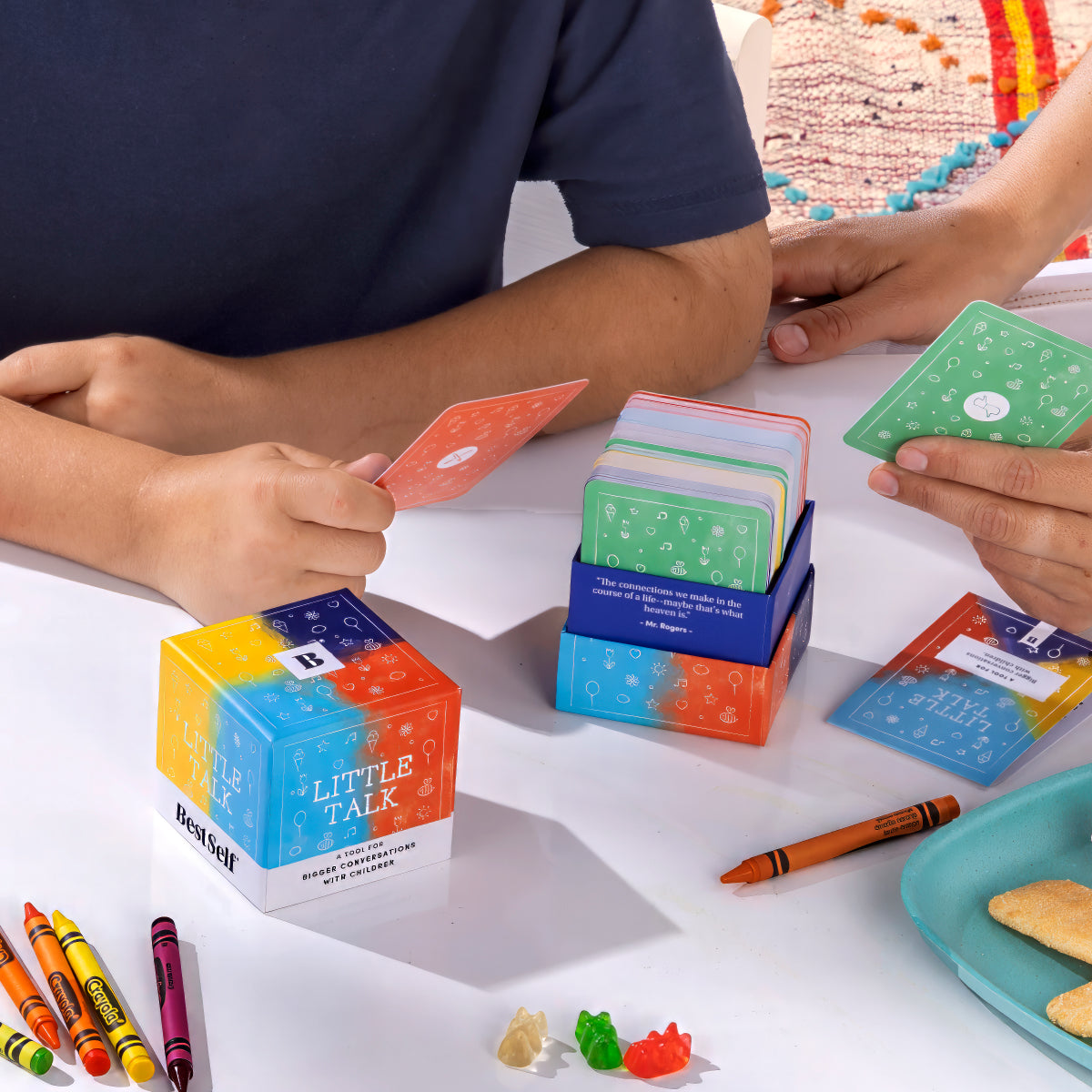Have you noticed how willpower can only take you so far towards your goals? The reality is that grit and persistence alone isn’t the answer to crushed goals. Once you’ve confirmed the best strategy and approach, it’s your mindset that matters.
In the words of Henry Ford, “Whether you think you can or you think you can’t, you’re right?”
And positivity is the essence that fuels the ‘can’.
So how can you cultivate a positive mindset? How can you inspire yourself to see a glass half-full?
One of the easiest ways is to practice gratitude. Let me explain why…
Why does gratitude fuel positivity?
Gratitude is the simple act of highlighting and acknowledging the things that you appreciate in your life. When you notice the things that make you feel good, your mood lifts instantly.
In turn, you feel more capable and more optimistic and this, in turn, influences how you tackle challenges and address problems. You’re able to do more with less, get up when you’re knocked down, and believe in yourself enough to step out of your comfort zone and do the work!
How to practice gratitude
“There are only two ways to live your life. One is as though nothing is a miracle. The other is as though everything is a miracle.”
—Albert Einstein
- Make gratitude non-negotiable.
If you want to leverage the full life-changing benefits of gratitude, you need to practice every day. Build a habit and make gratitude a part of your identity.
The easiest way to achieve this is to weave gratitude into your daily routine. For example, you could practice:
• Before you plan out your day• While you’re eating breakfast
• After your meditation etc.
The trick is to tag gratitude onto something you already do daily [this is called habit stacking]. With an existing habit providing an anchor and a reminder, you’re more likely to practice daily.
- Hack it!
As with any new habit, it can take time for gratitude to become an autopilot action. In the meantime, track your progress with the help of a habit tracker. As the days clock up, your habit will become stronger and stronger - until it feels too painful to break.
- Write it down
While you can express your gratitude out loud or in your head, you’ll engage with the experience more deeply if you write it down. In addition, you’ll create a log of your gratitude, which you’ll enjoy reflecting over in the future.
Dedicate a specific journal to record your gratitude. If you’re a Self Journal or Self Planner user, you can use your daily pages or freedom pages respectively for this purpose.
- Vary what you acknowledge
Lots of people start their gratitude practice well, then run into a wall! When you’ve listed out all the obvious things, you can find yourself wondering what to write down next! This is a problem because if you’re simply running through the motions, you’re not getting full value from your gratitude practice.
Fortunately, there’s an easy solution to this common problem!
Simply lower the bar. As Robert Brault reminds us, “Enjoy the little things, for one day you may look back and realise they were the big things.”
It’s easy to get caught up in the myth that only the big things matter - but that’s simply not true. Instead, use gratitude as an opportunity to become more observant. Gratitude isn’t about acknowledging the big things alone - such as your health or your family alone. It’s also about appreciating the small details of everyday life - such as the song that moves you to tears, the feel of the sun on your face, or the awe-inspiring beauty of a magnificent sunset.
The more you take notice of the minute detail, the more you’ll find you have to be thankful for. Then see how you feel as a result.
- Be specific
Your gratitude practice is a brilliant opportunity to magnify and understand at a deeper level why you appreciate certain things. So get specific.
• You’re not grateful for your partner... you’re grateful because they took care of an errand they know you hate to do.• You’re not grateful for the gift… you’re grateful because the gift demonstrated that the giver really knows you.
- Feel it.
It’s one thing to write down that you’re grateful for the sunrise, the stranger who help open the door, or the perfect cup of joe made for you by your best friend.
It’s quite another to fully acknowledge how those experiences made you feel.
So as you write, allow the emotions to flood through you. Feel the love. Feel the generosity. Feel the joy or the bliss or the elation.
Let gratitude become a gateway to a rich spectrum of feel-good emotions - and unleash positivity as a result.
- Practice - even on a bad day [in fact, especially on a bad day]
It’s easy to practice gratitude when life is going great. It’s a lot harder when you’re feeling down, after you’ve made a mistake, or if life has dealt you a curveball.
Don’t underestimate the temptation to throw it all in when the bottom falls out of your life. This is THE most important time to lean into your habit and somehow find the silver lining - however small.
When you can rely on your gratitude practice to unlock positivity - even when life sucks, you’ll equip yourself with a feel-good switch that you can choose to turn on.
Variations for practising gratitude
- Start a gratitude jar
Make gratitude a family affair. Allocate a jar and fill it with gratitude notes to each other. Read through them together once a month or even once a year. It’s a great way to share the love and create a shared experience.
- Share your gratitude
Don’t keep everything to yourself! Tell your loved ones why you appreciate them. Again, be specific.
- The magic number
Three Musketeers, Three Little Pigs, three primary colors…
Good things come in 3s! Apply this rule to your gratitude practice by writing down three things you feel grateful for each day.
- The 1 + 3 practice
Write down one thing you feel grateful for and three reasons why. This is a powerful, but simple way to add depth to your practice.
- Bookends
Start your day with three things you’re grateful to have in your life.
End your day with three things you’re grateful to have experienced in the day.
Ready to commit to your gratitude practice?
“Gratitude is the healthiest of all human emotions. The more you express gratitude for what you have, the more likely you will have even more to express gratitude for.”
—Zig Ziglar
An attitude of gratitude will make a significant difference to the way you feel, act, and achieve. To help you broaden your gratitude practice, download the PDF - and start practising today!









Leave a comment
This site is protected by reCAPTCHA and the Google Privacy Policy and Terms of Service apply.